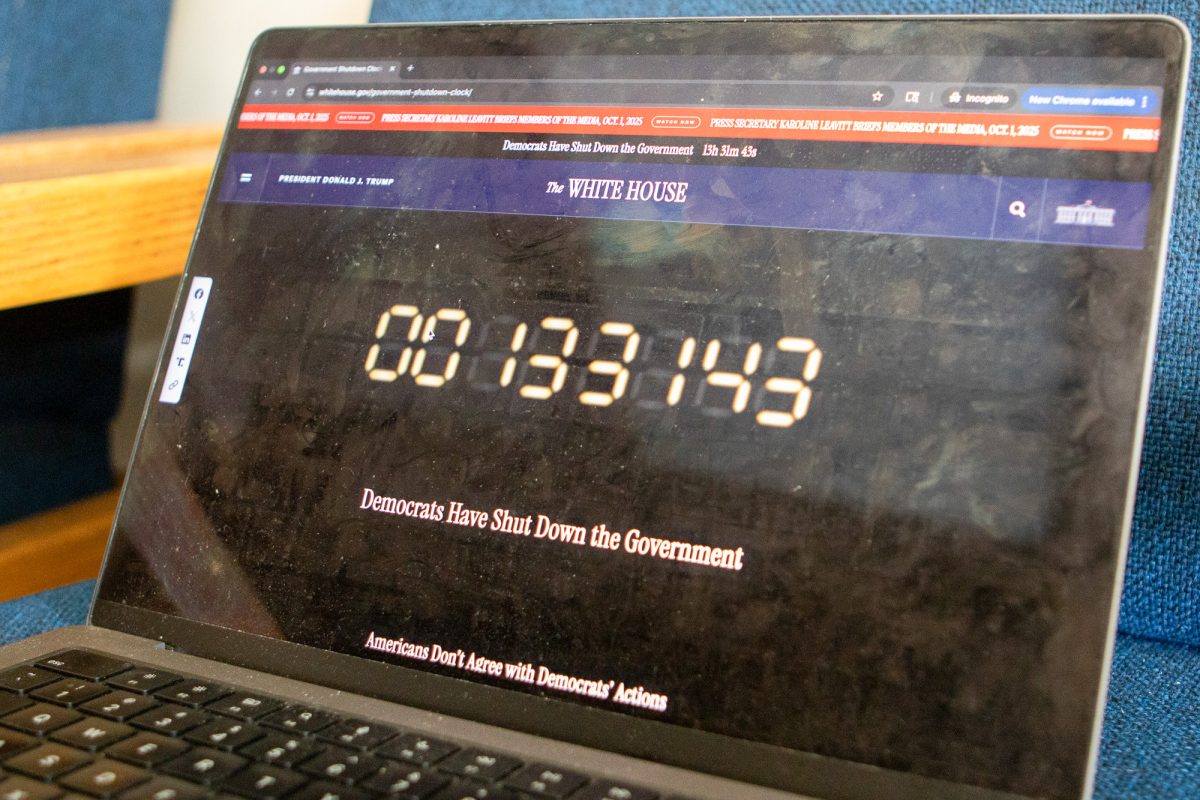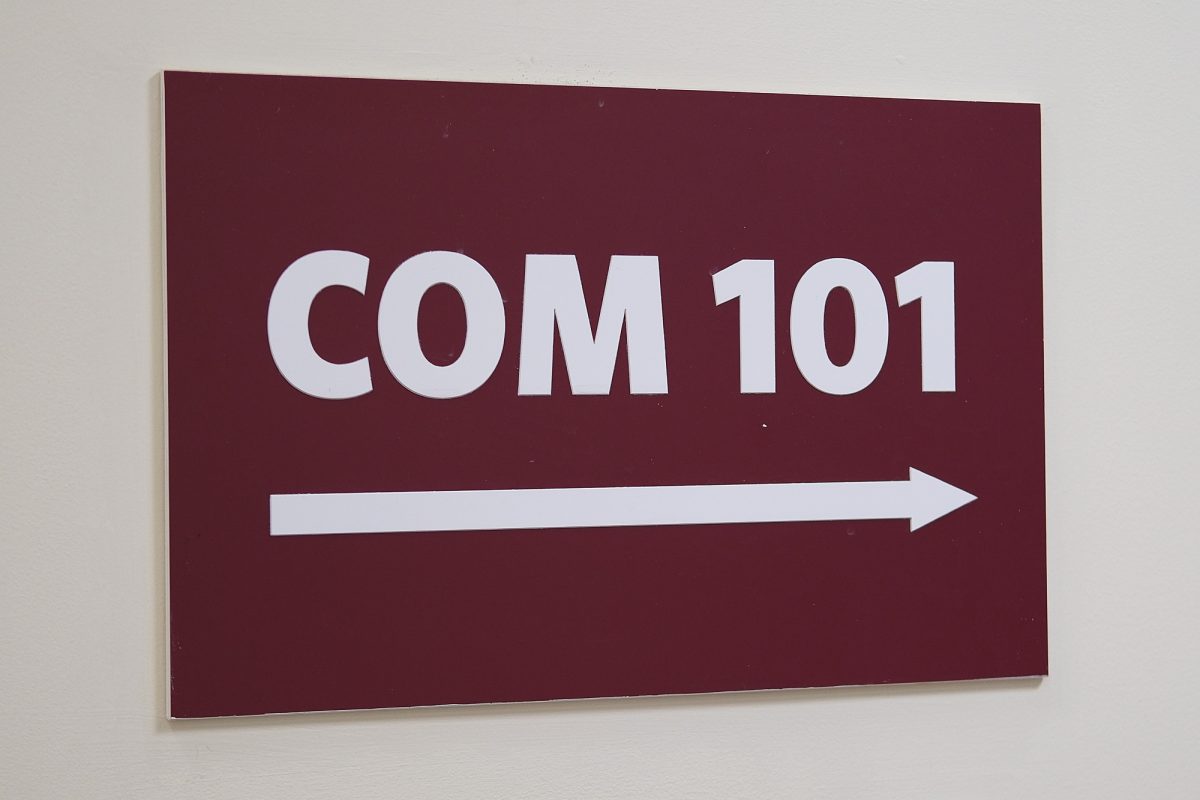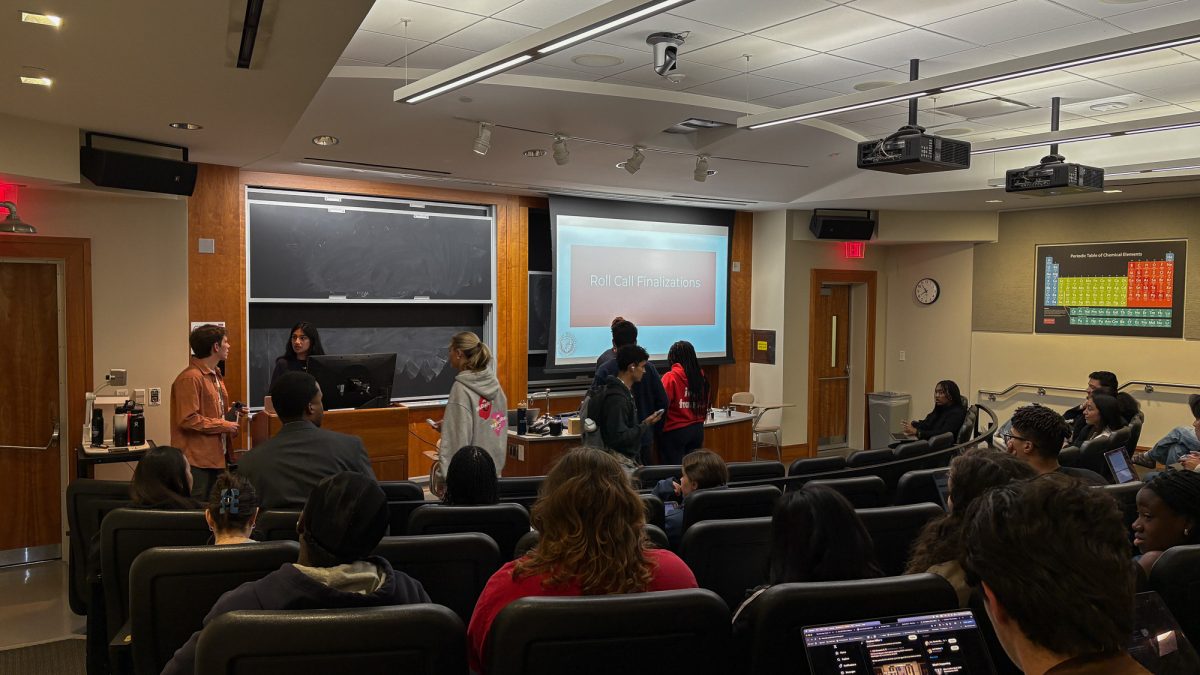It’s happening at a snail’s pace right now, but the groundwork is being laid for a potential explosion that will send shockwaves through the college hockey landscape and will dwarf what took place prior to the 2014 season.
That, of course, was when Pennsylvania State University elevated its hockey program from club to Division I. Oil baron Terry Pegula backed up the Brinks truck and almost single-handedly funded the creation of the Nittany Lions hockey program.
After a year of skating as an independent program, Penn State joined the University of Michigan, the University of Wisconsin-Madison, Michigan State University, the University of Minnesota and Ohio State University in the creation of the Big Ten hockey conference, and college hockey changed forever.
The potential for such a disruption does not seem too far down the road, at least in terms of expansion that is.
Just this past week, Arizona State University finally got approval to build an on-campus hockey arena to serve the Sun Devils’ hockey program. ASU joined the Division I ranks starting in 2016 and it currently plays the majority of its home games at Oceanside Ice “Arena.”
Arena is a loose term, to say the least. The building holds a mere 747 seats, and BU men’s hockey head coach David Quinn was less than thrilled that his Terriers had to play there last weekend in a two-game set against ASU.
ASU could now potentially be playing home games in a 5,000 seat venue in Tempe as soon as the 2021 season. This means that program is here to stay.
With success, I don’t think it’s all that unlikely that other Pac-12 schools jump on board with hockey.
Today, the University of California, Los Angeles and the University of Southern California are perennial powers in western club hockey.
In addition, six other Pac-12 teams have ACHA club teams. The University of Washington, Washington State University, the University of Oregon, the University of Utah, the University of California Berkeley and ASU make up the “Pac-8” club hockey league.
This, obviously, would be the ideal scenario in terms of a legitimate Pac-12 college hockey league. Eight teams is also a perfect number for a conference tournament, but the minimum number to form a conference is six.
Both the ASU and Penn State programs got off the ground with sizable private donations from a hockey enthusiast. With the ever-growing popularity of the game in California, I don’t think it is all that out there to think this can happen to USC and UCLA. Those would be the first three.
Now after that, Stanford University, Oregon and Washington would probably be the next logical three.
Oregon and Stanford have more than enough money for a team on their own. I can see it now, Phil Knight and Nike could roll out new, fluorescent green Oregon Ducks jerseys every home game.
With the almost inevitable NHL expansion to Seattle in the next few years, Washington and Washington State could ride the hockey wave and turn the state into a thriving hockey outpost.
So let’s look at numbers. Assuming Utah is the most likely to not elevate the program to Division I status, ASU, Washington, Washington State, Oregon, Stanford, UCLA and USC makes seven teams. Not ideal by any means, but it could work.
ASU and the University of Arizona used to have one of the biggest rivalries in club hockey. What’s to say that the Wildcats won’t see the same success as the Sun Devils and these natural rivals can battle it out in the desert four times a year?
In this theoretical world, the Pac-12 now has eight teams. Perfect, but what about that other Power Five conference with hockey? Yeah, I’m looking at you, Big Ten.
Currently, the Big Ten has seven hockey teams, as the University of Notre Dame joined as a hockey affiliate this year after playing in Hockey East for four seasons following the demise of the CCHA in 2013. But what about actual Big Ten schools? Why doesn’t Northwestern University have a team? The University of Illinois at Urbana Champaign? The University of Iowa? The University of Nebraska-Lincoln?
Northwestern, monetarily would be the most obvious fit. The school has a far larger endowment than the others listed, but probably cares the least about athletics.
The fact the University of Nebraska, Omaha has a team, but the flagship state university doesn’t sponsor one has always been a bit puzzling. In terms of recruiting, Iowa would be deadly. The USHL, the top junior league in the United States, is right in their backyard.
And now we get to Illinois, the most probable to land the No. 8 spot in the Big Ten. This past summer, the team participated in an NHL Players’ Association (NHLPA) study that looked into the feasibility of starting a hockey program. The study took a look at dynamics such as annual expenses, facilities and other funding issues to name a few components.
At the end of the day, expansion is going to come down to one simple thing: money and who wants to pay for it.
Every school would love to have a high powered college hockey team, but there’s a reason there are only 60 teams in Division I competition, and that’s the expense. Hockey is, if not the most, right up there as the most expensive sport to play. Period.










































































































